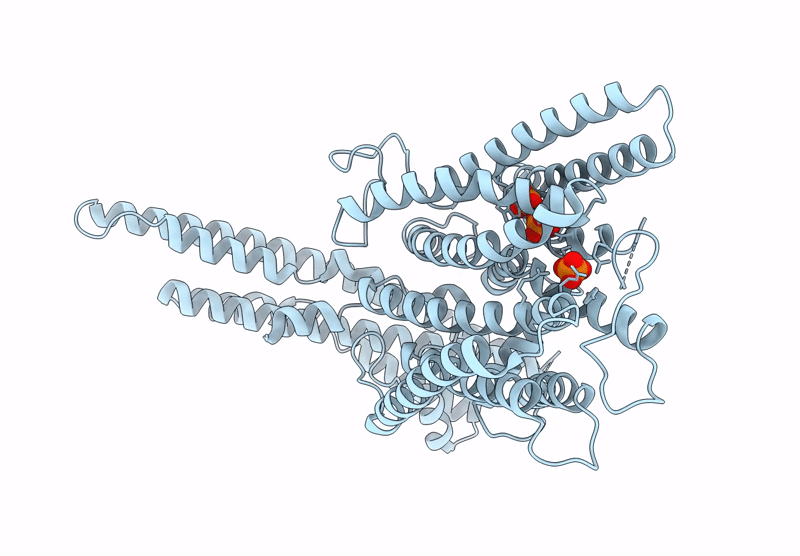
Deposition Date
2024-10-11
Release Date
2025-08-27
Last Version Date
2025-09-17
Entry Detail
PDB ID:
9JXJ
Keywords:
Title:
Cryo-EM structure of human XPR1 in a closed state at both the extracellular and intracellular gates, obtained through local refinement
Biological Source:
Source Organism:
Homo sapiens (Taxon ID: 9606)
Host Organism:
Method Details:
Experimental Method:
Resolution:
3.22 Å
Aggregation State:
PARTICLE
Reconstruction Method:
SINGLE PARTICLE


